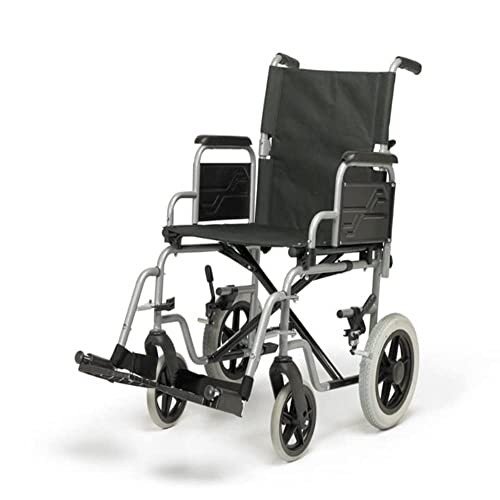Mobility Scooters: A Comprehensive Guide
Mobility scooters have become an essential mode of transport for lots of individuals dealing with mobility challenges. This short article explores the various facets of mobility scooters, including their types, benefits, features, and a guide for prospective purchasers.
Understanding Mobility Scooters
Mobility scooters are electrically powered gadgets created for people with minimal mobility. They offer a method of transport for people who may have problem walking but still wish to retain their independence. They are available in numerous designs and features to cater to a wide range of needs.
Kinds Of Mobility Scooters
Mobility scooters can generally be classified into three primary types:
| Type | Description | Best For |
|---|---|---|
| Compact Scooters | These are small and lightweight, ideal for inside and short journeys. | Users with limited storage area or those who take a trip typically. |
| Mid-size Scooters | A balance in between mobility and stability, suitable for both indoor and outside use. | Those who need to cover a range of surfaces. |
| Heavy-duty Scooters | Large and robust, created for rugged outside use and heavier people. | Users needing additional weight capability or going off-road. |
Key Features of Mobility Scooters
The choice of mobility scooter typically depends upon the functions that line up with individual needs. Here are a few of the essential features to think about:
- Weight Capacity: Mobility scooters feature various weight limits. It is important to select a scooter that can effectively support the user's weight.
- Range: The distance a scooter can take a trip on a single charge differs. Depending on purchase mobility scooters , one may go with scooters with a series of as much as 40 miles.
- Speed: Most mobility scooters can reach speeds in between 4 to 8 miles per hour. Consider what speed is comfy and safe for the desired environment.
- Turning Radius: A compact turning radius is important for indoor usage, enabling simpler navigation in tight areas.
- Battery Type: The type of batteries used can affect the scooter's efficiency. Lead-acid and lithium-ion batteries are the most typical.
Advantages of Using Mobility Scooters
The benefits of mobility scooters extend beyond just transportation. Some essential benefits consist of:
- Independence: Users can navigate their environment without relying on caregivers, promoting self-reliance and self-esteem.
- Health Benefits: Using a scooter can encourage outside activity, leading to physical and psychological health enhancements by reducing feelings of isolation.
- Convenience: Scooters can easily be run in various environments, whether inside your home, in shopping center, or outdoors.
Essential Considerations When Buying a Mobility Scooter
When acquiring a mobility scooter, a number of factors to consider can help guarantee that you choose the ideal model:
Assess Individual Needs:
- Mobility level: Consider how much assistance the individual will require.
- Series of use: Determine where the scooter will primarily be used (inside your home, outdoors, on rough surfaces, and so on).
Test Drive:
- Always test drive a number of models to discover an appropriate fit. Focus on comfort, ease of steering, and the scooter's responsiveness.
Review Safety Features:
- Look for scooters with sufficient security features like lights, indicators, and anti-tip styles.
Examine Warranty and Service Options:
- A trustworthy service warranty and available service alternatives are essential for long-lasting usage.
Frequently Asked Questions about Mobility Scooters
1. How fast do mobility scooters go?Mobility scooters typically have speeds ranging from 4 to 8 miles per hour, with a lot of designed for security rather than high-speed travel. 2. Are there weight restrictions on mobility scooters?Yes, mobility
scooters include specific weight limits, often ranging from
250 lbs to over 500 pounds, depending upon the model. 3. Can mobility scooters be utilized indoors?Certain designs, especially compact scooters, are specifically created for
indoor usage and are much easier to steer in tight areas. 4. How often do the batteries need to be replaced?Battery life can vary based upon usage, but generally, with correct care, batteries may last in between 1 to 3 years before needing replacement
. 5. Are mobility scooters covered by insurance?Coverage can differ, however some insurance plans, including Medicare and Medicaid, may cover part of the cost. It's advised to consult private insurance coverage suppliers. Mobility scooters serve as a
important tool for many individuals, allowing them to keep
their liberty and self-reliance. By understanding the various types and functions of mobility scooters, individuals can make educated choices tailored to their specific requirements.
Whether utilized for errands, interacting socially, or leisurely activities, mobility scooters can boost the lifestyle for those with mobility limitations. Investing in a mobility scooter is a decision that can significantly impact an individual's life. Therefore, individuals need to carefully assess their choices and pick a design that best lines up with their way of life and mobility requirements
.

